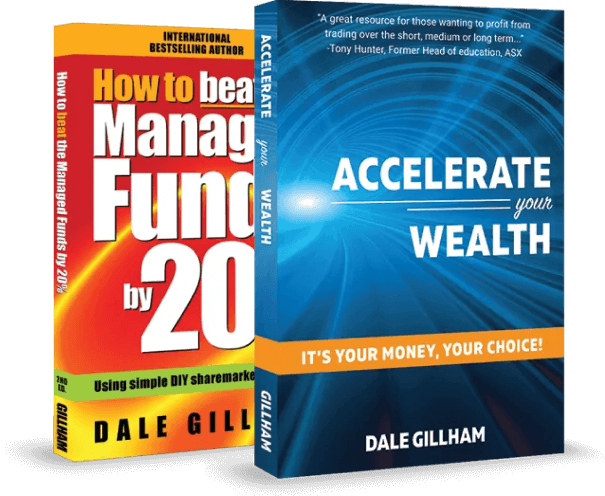Stock Market to Rise Above 8,000 Points

By Dale Gillham
For many investors, receiving a good dividend is their main focus when looking to purchase a stock. In some recent good news, Comsec stated that in the first quarter of 2022 $36 billion in dividends had been paid out, which was higher than the corresponding period in 2021. So, is this a good sign as to the health of the Australian stock market?
The best investments deliver both growth and income
The answer depends on why the dividend payout increased. It could be because companies are enjoying good growth and consequently increased profits, and it makes sense to increase the dividend yield. That said, companies are often reluctant to increase dividend yields, as investors expect the yield to be maintained, which may not always be possible.
Another reason that is more likely is that over the last two years during the COVID pandemic, some companies stockpiled cash either to weather the potential storm or to use it for acquisitions. Now that economies are opening up and returning to more normality, the excess cash hasn’t been needed, so companies are adjusting their cash holdings accordingly.
Regardless of the reason, it is important for investors to understand that a high dividend yield is never guaranteed and this is why I always advise to invest for growth first and dividend yield second. I say this because a high dividend yield can result from a company’s share price falling heavily, which investors would be wise to avoid.
All too often, investors get caught catching a falling knife because they buy into a stock that has a high dividend yield only to see the share price continue to fall away. Let me say that it is not a good idea to chase a 7 per cent or better dividend if you are losing 30 per cent or more of your capital. Unfortunately, when this occurs investors tend to validate their decision for buying the stock by saying that because they have not sold, they have not lost. But the better strategy would be to buy a rising stock that is also paying a good dividend. This just makes good investment sense.
What were the best and worst performing sectors last week?
The best performing sectors included Utilities up 5.67 per cent, followed by Materials up 5.53 per cent and Energy up 5.13 per cent. The worst performing sectors included Healthcare down 2.53 per cent followed by Industrials down 1.17 per cent and Communication Services down 0.89 per cent.
The best performers in the S&P/ASX top 100 stocks included Pilbara Minerals up 14.64 per cent followed by IGO up 13.81 per cent and JB Hi-Fi up 11.96 per cent. The worst performing stocks included Fischer and Paykel down 11.58 per cent followed by Magellan Financial group down 9.78 per cent and ResMed down 9.77 per cent.
What's next for the Australian stock market?
The All Ordinaries Index has had a strong week again, rising above the high of 7,646 points achieved in mid-February to confirm that the down move in recent times is over. Given this, I am now confident that the market is in the early stages of a new uptrend and that the weakness over the past few months has abated, while the risk of investing in stocks has decreased.
What is important to remember is that during January and February the masses were fearful of a market correction with many exiting or staying away out of fear. The war in Ukraine, the potential for rising interest rates and increasing inflation were all pushed by commentators as the reason why the market was supposedly going to crash. But this highlights why market noise can lead to fear or greed and result in poor decision making. The rule is not to blindly follow what others are saying.
For those who have remained patient and cashed up, I believe the Australian stock market will rise to move above 8,000 points over the next few weeks, which means smart investors will be rewarded as there are many high-quality, low risk trades presenting right now.
For now, good luck and good trading.
Dale Gillham is Chief Analyst at Wealth Within and international bestselling author of How to Beat the Managed Funds by 20%. He is also author of the award winning book Accelerate Your Wealth—It’s Your Money, Your Choice, which is available in all good book stores and online.






